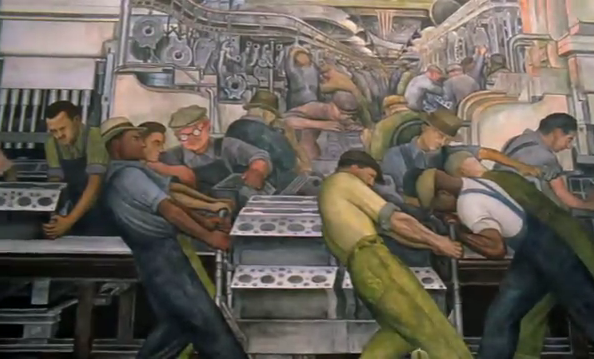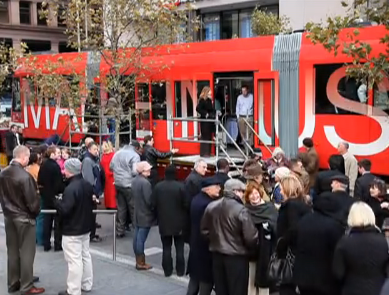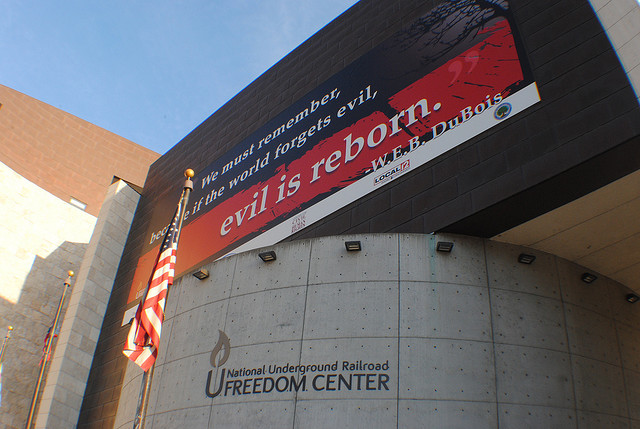Last year it was Google’s Parisian Love commercial that took home the prize for best Super Bowl commercial with its clever way to highlight the benefits of using Google search through an identifiable love story. This year’s winner is much different.
Imported From Detroit by Chrysler embodied an overall theme this year of brand identity. The theme started with the obvious efforts of the National Football League to brand football as America’s sport with its pregame festivities. In the two-minute commercial spot, Chrysler was able to do several things. They highlighted Detroit’s powerful past, its mighty fall from grace and its present existance as an American powerhouse city (11th largest MSA in the United States with nearly 4.5 million people).
All at once, the commercial was able to sell the audience on a new perception of Detroit, the strength of an industry and the quality of car. The selection of Eminem also seemed particularly apt given Eminem’s identity and music being so closely tied to the city he calls home.
What was particularly interesting to me was the fighting nature of the commercial. For decades Midwestern cities have been beaten up by the media as their stagnating growth and economic woes have made them look inept in the face of explosive growth in the Sun Belt. While Midwestern cities have envied the growth seen in the Sun Belt, those southern cities have often been envious of the culture and history found in the Midwest and Northeast. This commercial highlighted just that and said, we’ve got a lot of fight left in us and you’ve already thrown your best shot.
Immediately the commercial was seen as the runaway winner in this year’s Ad Bowl, but what do you think?






